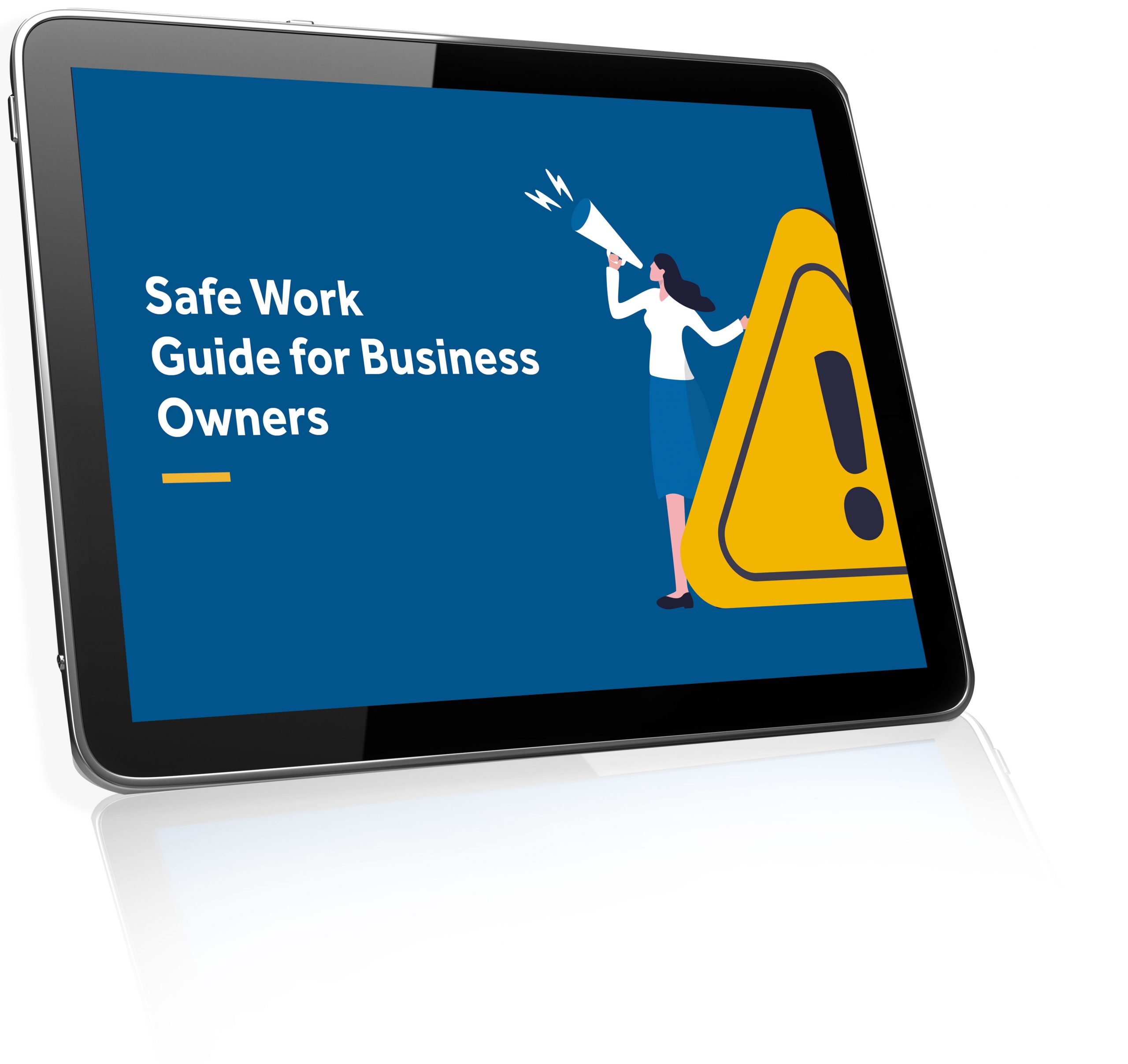
In a survey of healthcare professionals, teachers, and police working in rural and remote Australia, 57% of respondents reported experiencing verbal abuse from community members in the past 12 months. These statistics are a small indicator of the rising cases of workplace violence. It comes in many forms and impacts women, LGBTIQ+ groups, and other marginalized communities disproportionately.
October is National Safe Work Month and violence at the workplace is a serious occupational health and safety hazard. It can cause physical and psychological harm. As a business owner, you must meet your work health and safety duties (WHS) to manage the risk of violence in your workplace.
Violence in the workplace
Workplace violence can be any incident where a person is abused, threatened, or assaulted at the workplace or while they are carrying out work. It can include physical assault, sexual assault, harassment, or aggressive behaviour, such as stalking or verbal threats. It also includes violence from a family or domestic relationship when this occurs at the workplace, including if the person’s workplace is their home.
Violence may include:
Verbal abuse, in person or over the phone
Written abuse
Threats
Harassment
Physical or sexual assault
Bullying or intimidation
Workplace violence might come from your customers, clients, or people you work with like vendors or members of the public, but it can also happen with workers, supervisors, and managers. It may also happen away from the usual workplace where work is being carried out, such as at a client’s home or if a person’s workplace is their home.
Workplace violence in Australia
There is a significant lack of data around workplace related violence in Australia. The data that is available is minimal and offers little insights about the prevalence of workplace violence in the country. Collecting national data on violence is difficult due to the ambiguity of the definitions, the lack of a system, and probable under-reporting of incidents at the workplace.
Some industries maybe at a higher risk of workplace violence due to the nature of their work. According to SafeWork NSW, these occupations or industries are at a higher risk of workplace related violence:
Health services (doctors, nurses, medical workers, ambulance officers, welfare workers, and helpers)
Retail (sales staff, floor staff, and support staff)
Hospitality (waiters, baristas, bartenders, managers, and administrators)
Transport (drivers, taxi drivers, guards, couriers, and airlines staff)
Education (schoolteachers)

Safe Work Guide
The past few years have been tough for businesses. The uncertainty of the working environment combined with rising costs and labour shortages have highlighted the importance of good physical and mental health at the workplace.
Employsure has created a comprehensive health and safety guide containing tips and resources for business owners.
Employer obligations
Under the model WHS laws, persons conducting a business or undertaking (PCBUs) must manage the health and safety risks of workplace violence and aggression between workers and other people at the workplace, like customers or clients.
Steps to prevent workplace violence
As a small business owner, you can take steps to minimise the risk of violence at the workplace:
Create a positive workplace culture- You must make your workplace a positive and respectful work environment. Positive workplace culture is the key to avoiding workplace violence or aggression.
Design a safe work environment- Whether your employees work in the office or at home, it is your duty to provide them with a safe work environment. Secure all work areas, communicate and put CCTV cameras where possible and allowed. Designing a safe work environment can also mean separating workers from customers. This can be generally done using glass walls, partitions, or high counters. For online work environments, specifically monitor your social media and implement efficient security settings.
Implement safe work systems- Implement work health and safety policies that discuss handling violence at the workplace. You can also train your employees on ways to interact with violent customers, both online and in the physical space. If your employees must work late at night or at odd hours, confirm they have followed all the rules and procedures to stay safe. If your employees work at places other than the office, say a client’s house or site, have them complete a risk assessment.
Zero tolerance policy- Communicate very clearly to your employees about the zero-tolerance policy. This policy should be displayed across the workplace and shared with your employees in the employee handbook. It should also set out the responsibilities of the employees and the actions supervisors or managers must take during the time of the incident and afterwards.
Communicate with your employees- Small businesses may have a small team, but it can also mean higher chances of conflict due to the same group of people spending a lot of time together. Consistently communicate on what is considered as violence or aggression. Furthermore, ask your employees if they need help in conflict resolution or handling difficult customers. They should also know who to contact in case of a violent incident at the workplace.
What can you do?
No two workplaces are the same. Being an employer, you must understand how to build an approach towards preventing and avoiding workplace violence that suits you and your employees.
Ideally, consult with the people involved and affected, such as employees and vendors. You may learn potential risks or pitfalls from this consultation process that can help you design a safe workplace.
How can Employsure help you?
We have worked with over 30,000 business owners across Australia. We understand the challenges business owners face when it comes to managing staff and daily operations. Call our 24/7 Advice Line to get all your questions answered about work health and safety.
